Taiwan Semiconductor Manufacturing Co (TSMC, 台積電) yesterday said that it plans to roughly double its capacity expansion over the next three years to cope with rapidly growing demand for chips used in high-performance computing (HPC) applications and electronic devices.
The COVID-19 pandemic accelerated a global digital transformation as lockdowns led to a surge in demand for PCs and other devices that connect to the Internet, the Hsinchu-based chipmaker said.
Chip demand also rose due to increased usage of contactless payment tools and the growing popularity of electric vehicles, it said.
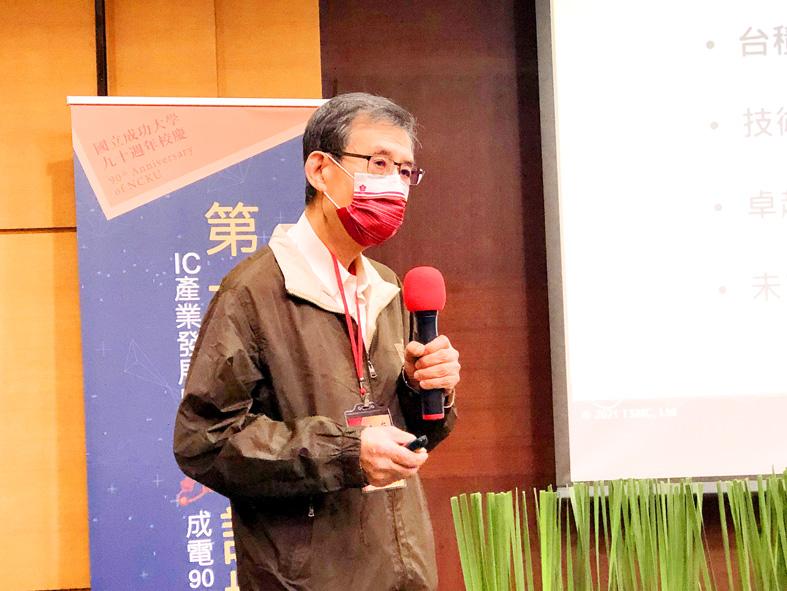
Photo: CNA
“We started speeding up our capacity expansion at the beginning of last year, but the semiconductor supply chain was still unable to catch up ... with demand growth,” TSMC senior vice president Y.P. Chin (秦永沛) told a semiconductor forum organized by National Cheng Kung University in Tainan.
Since then, a global semiconductor supply crunch has shown no signs of alleviating, Chin said, adding that supply constraints have been even worse lately because of component disruptions.
However, the supply chain disruption is just a short-term phenomenon, he said.
The key issue is how to cope with the voracious demand for chips used in HPC-related applications and electronic devices, with the trend fueled by digital transformation, he said.
TSMC said it expects the global semiconductor industry to show compound annual growth of more than 10 percent from this year to 2025, outpacing growth of 7 percent in the five years to last year and 3 percent from 2000 to 2015.
To seize this opportunity, TSMC is approximately doubling the pace of its capacity expansion from this year to 2023, compared with the three years to last year, Chin said.
The rapid expansion could widen the lead it has over its closest foundry competitor, Chin said, adding that TSMC’s total capacity last year was about three times greater than its rival’s foundry capacity.
TSMC on Tuesday unveiled new capacity expansion plans in Taiwan and Japan.
A new fab in Japan is to produce 22-nanometer and 28-nanometer chips, while a new plant in Kaohsiung is to focus on 7-nanometer and 28-nanometer chips, the company said after its board of directors approved a capital budget of US$9.04 billion.
Construction of the two fabs is scheduled to begin next year, with mass production expected to begin in 2024.
Taiwan has an advantage over other countries and regions in helping chipmakers to build cost-effective fabs, given its sound semiconductor ecosystem and supply chains, which took the nation 30 years to foster, Chin said.
“Although many countries consider semiconductor manufacturing to be a national security issue amid geopolitical tensions, it is not easy to make chips locally,” Chin said.
The semiconductor industry is capital-intensive, technology-intensive and labor-intensive, he said, adding that it might be easy for wealthy countries to raise capital to make chips, but a semiconductor ecosystem and supply chains cannot be created overnight.
“We are very optimistic about Taiwan’s semiconductor industry for at least for the next 10 years,” he said.
TSMC founder Morris Chang (張忠謀) last week said that it would “not ... be a possible task” to rebuild semiconductor supply chains in the US due to high costs.
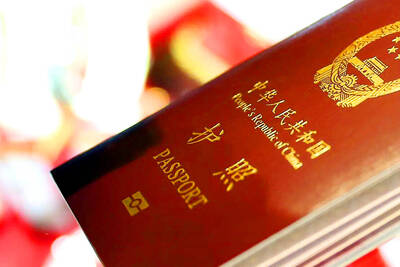
The Ministry of the Interior (MOI) is to tighten rules for candidates running for public office, requiring them to declare that they do not hold a Chinese household registration or passport, and that they possess no other foreign citizenship. The requirement was set out in a draft amendment to the Enforcement Rules of the Public Officials Election and Recall Act (公職人員選舉罷免法 ) released by the ministry on Thursday. Under the proposal, candidates would need to make the declaration when submitting their registration forms, which would be published in the official election bulletin. The move follows the removal of several elected officials who were
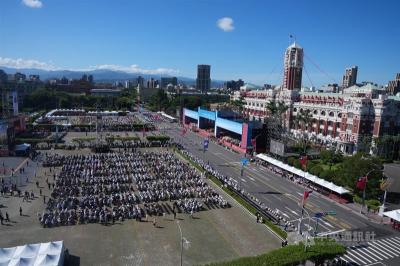
The Republic of China (ROC) is celebrating its 114th Double Ten National Day today, featuring military parades and a variety of performances and speeches in front of the Presidential Office in Taipei. The Taiwan Taiko Association opened the celebrations with a 100-drummer performance, including young percussionists. As per tradition, an air force Mirage 2000 fighter jet flew over the Presidential Office as a part of the performance. The Honor Guards of the ROC and its marching band also heralded in a military parade. Students from Taichung's Shin Min High School then followed with a colorful performance using floral imagery to represent Taiwan's alternate name
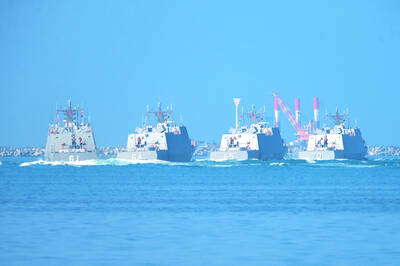
FOUR DESIGNATED AREAS: Notices were issued for live-fire exercises in waters south and northwest of Penghu, northeast of Keelung and west of Kaohsiung, they said The military is planning three major annual exercises across the army, navy and air force this month, with the navy’s “Hai Chiang” (海強, “Sea Strong”) drills running from today through Thursday, the Ministry of National Defense said yesterday. The Hai Chiang exercise, which is to take place in waters surrounding Taiwan, would feature P-3C Orion maritime patrol aircraft and S-70C anti-submarine helicopters, the ministry said, adding that the drills aim to bolster the nation’s offshore defensive capabilities. China has intensified military and psychological pressure against Taiwan, repeatedly sending warplanes and vessels into areas near the nation’s air defense identification zone and across
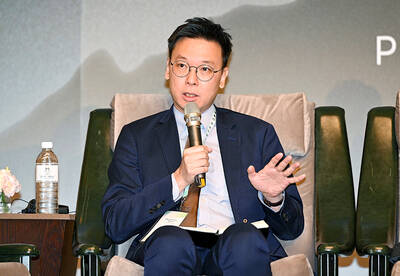
A Chinese takeover of Taiwan would severely threaten the national security of the US, Japan, the Philippines and other nations, while global economic losses could reach US$10 trillion, National Security Council Deputy Secretary-General Lin Fei-fan (林飛帆) wrote in an article published yesterday in Foreign Affairs. “The future of Taiwan is not merely a regional concern; it is a test of whether the international order can withstand the pressure of authoritarian expansionism,” Lin wrote in the article titled “Taiwan’s Plan for Peace Through Strength — How Investments in Resilience Can Deter Beijing.” Chinese President Xi Jinping’s (習近平) intent to take Taiwan by force